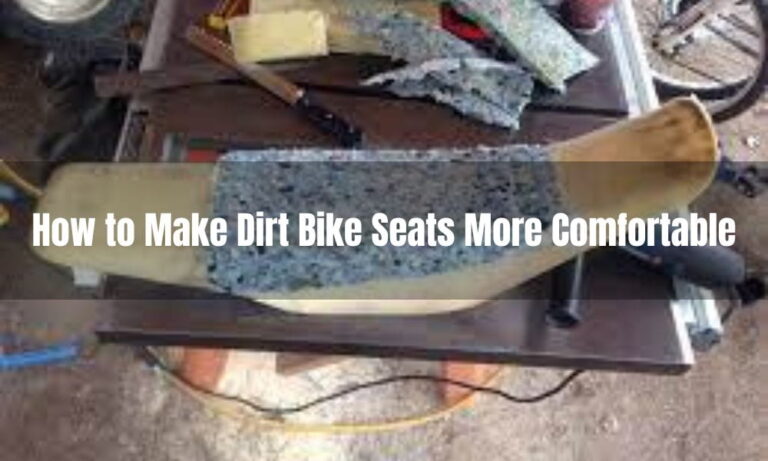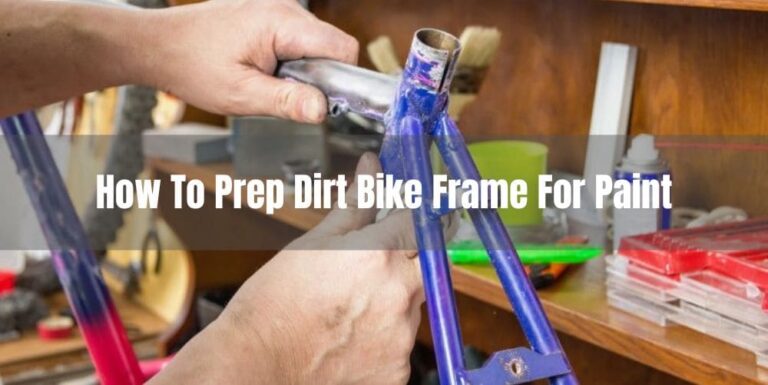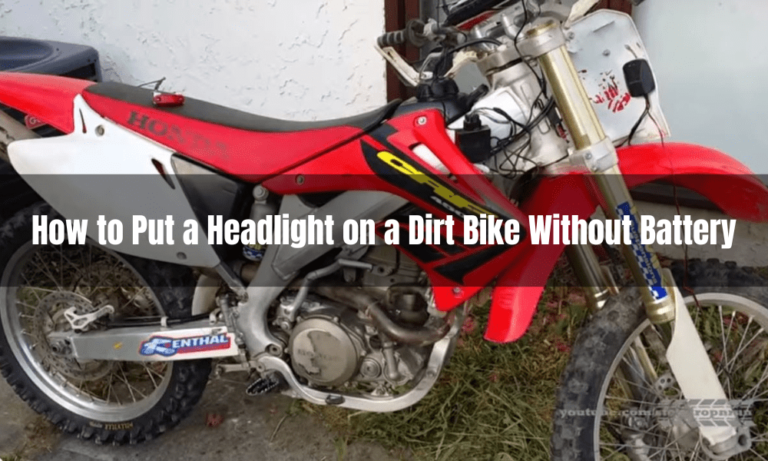How to Bleed Dirt Bike Rear Brakes
Bleeding your dirt bike rear brakes is a crucial maintenance task that can prevent spongy brakes or a loss of braking power, ensuring your safety while riding. we’ll provide a comprehensive guide on how to bleed dirt bike rear brakes, including the tools you’ll need, the common issues you may encounter, and best practices for maintaining your brakes. Whether you’re a seasoned rider or a beginner, mastering the art of bleeding dirt bike rear brakes can help you stop on a dime and enjoy a safer and more enjoyable ride.
Understanding the Basics of Dirt Bike Rear Brakes
Dirt bike rear brakes are either hydraulic or mechanical. Hydraulic brakes use fluid pressure to activate the brakes, while mechanical brakes are cable-activated. Hydraulic brakes are more common in dirt bikes, as they offer more precise and powerful braking.
To bleed your dirt bike rear brakes, you need to remove air bubbles from the braking system. Air bubbles can cause spongy brakes or a loss of braking power, which can be dangerous when riding.
Tools You Need to Bleed Dirt Bike Rear Brakes
To bleed your dirt bike rear brakes, you’ll need several tools, including a brake fluid container, a wrench, a bleeder kit, and high-quality brake fluid. It’s important to use high-quality tools, as low-quality tools can cause damage to the brake system.
Step-by-Step Guide: How to Bleed Dirt Bike Rear Brakes
Here’s a step-by-step guide to help you bleed your dirt bike rear brakes:
- Remove the brake fluid reservoir cap and ensure that it’s full.
- Attach the bleeder kit to the bleeder valve.
- Loosen the bleeder valve and pump the brake pedal until the fluid runs clear.
- Tighten the bleeder valve and remove the bleeder kit.
- Repeat steps 2-4 until no air bubbles are visible in the fluid.
Tips for Maintaining Dirt Bike Rear Brakes
To ensure that your dirt bike rear brakes work optimally, you should maintain them regularly. Here are some tips to keep your brakes in top condition:
- Clean the brake system regularly to prevent dirt and debris buildup.
- Inspect the brake pads regularly and replace them when necessary.
- Check the brake fluid level regularly and top up as needed.
- Bleed the brakes regularly to remove air bubbles and keep the system functioning optimally.
Common Problems with Dirt Bike Rear Brakes and How to Solve Them
Dirt bike rear brakes can develop issues over time, such as sponginess, loss of braking power, or noisy brakes. Here are some solutions to these common issues:
Spongy brakes: Bleed the brakes to remove air bubbles in the system.
Loss of braking power: Check the brake pads and replace them if necessary. Also, bleed the brakes to remove air bubbles.
Noisy brakes: Inspect the brake pads and replace them if necessary. Clean the brake system to remove dirt and debris buildup.
How Often Should You Bleed Dirt Bike Rear Brakes?
The frequency of bleeding your dirt bike rear brakes depends on the frequency of use and the conditions in which you ride. It’s recommended that you bleed your brakes at least once a year, or more frequently if you ride in harsh conditions or use your bike heavily.
The Role of Brake Fluid in Dirt Bike Rear Brakes
Brake fluid is a crucial component in your dirt bike’s rear braking system. It’s responsible for transmitting hydraulic pressure to the brake caliper and brake pads, which stops the bike. High-quality brake fluid is essential for maintaining optimal braking performance.
Conclusion
bleeding your dirt bike’s rear brakes is a vital maintenance task that should be carried out regularly. It’s important to use high-quality tools and brake fluid to prevent damage to your brake system. Regular maintenance and inspection of your dirt bike rear brakes can help prevent issues and ensure your safety while riding.







